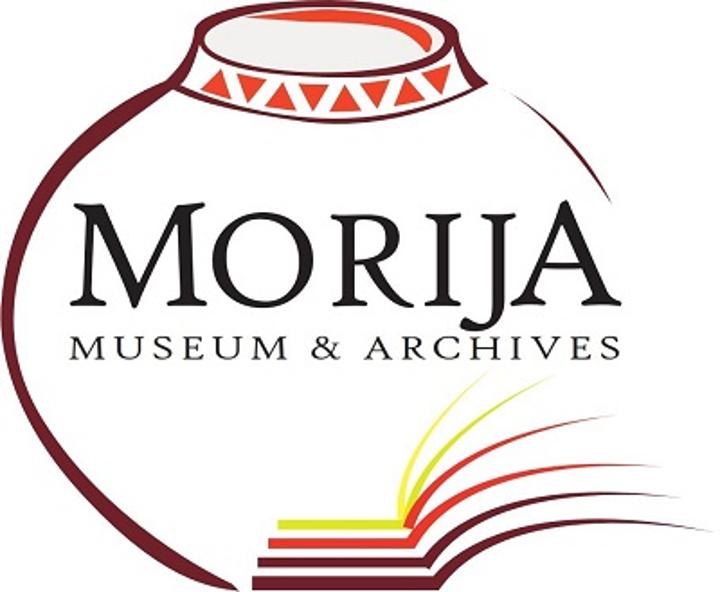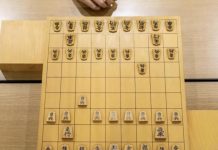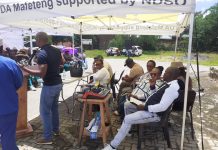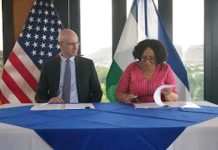
Africa-Press – Lesotho. We are pleased to introduce this project, officially titled ‘Reappropriating Lesotho’s Cultural Heritage Through New Media’, which is an effort to address the endangerment of indigenous musical instruments.
Morija Museum & Archives (MMA) is one of the institutions in Lesotho mandated to preserve, protect and in some respects revive or re-appropriate aspects of Basotho and Lesotho culture that are in danger.
Towards fulfilling its mandate in this regard, MMA realised that among the cultural aspects that are declining rapidly are Lesotho’s traditional musical instruments.
In 2007/8 MMA requested the Austrian Embassy to fund the resuscitation of Lesotho ‘s musical instruments in which the Lesotho College of Education as well as three schools within Maseru participated. However, the project collapsed when the funds dried up as a result of the global economic crisis.
The quest to resuscitate these instruments that are an integral part of Basotho identity encouraged MMA to continue working to secure funds to research the instruments thoroughly and document them in depth.
Partnerships with Altamira, UCT and others have helped in this regard, but this was inadequate in and of itself because it did not address other salient aspects of the challenge. It was against this background that MMA applied for funding last year to initiate a more ambitious project to help realise this dream.
Funding was secured from Music In Africa Foundation under the theme, Sound Connects, to implement a year-long project entitled “Reappropriating Lesotho’s Cultural Heritage Through New Media”.
This project answers the need to repopupalirise and revive seven musical instruments which are lesiba, mamokhorong, lekope, thomo, setolo-tolo, sekebeku and mokhope, through the following:
Although we had initiatives to repopularise these styles of music through Morija Arts & Cultural Festival and School Cultural Competitions, we realise the ever-growing need to
align ourselves with modern ways of bringing to attention such issues, hence the emphasis on using new media to assist in bringing to life these rich traditions.
The project is set to end in November, but Morija Museum & Archives looks forward to continuing this process and trust fully that some awareness will be made to the general public.
Reappropriating Lesotho’s Cultural Heritage Through New Media, is funded by the Sound Connects Fund, an initiative by the Music In Africa Foundation (MIAF) and Goethe-Institut. The Sound Connects Fund is made possible with the financial contribution of the European Union and the support of the Organisation of ACP States.
About Morija Museum & Archives
Established in 1956, Morija Museum & Archives collects valuable archival material and museum collections. The museum also works on a range of arts & culture projects, plus, heritage and community-based tourism initiatives.
At the heart of Morija Museum & Archives (MMA) are its valuable archival and museum collections, which have been growing incrementally since the 19th century.
These collections form the basis for research and publishing, as well as exhibitions and educational programmes for schools, visitors and tourists. MMA is open to the public from 08h00 to 16h00 daily Monday – Saturday, and on Sundays from 12h00 to 16h00. It is closed on Easter Sunday, as well as Christmas and New Year’s Day.
Other MMA initiatives have made a great impact in the arts and culture, the most notable being Maeder House Art Gallery, the embryonic Morija Arts Centre, The Hub, the annual Morija Arts & Cultural Festival, and the nation-wide School Cultural Competitions.
The Museum has helped to develop and encourage a wider range of tourism services and products in the greater Morija area, including the Museum Tea Room, Picnic Area and Amphitheatre for larger events; tours of historic Morija and dinosaur footprints, walking trails, bird-watching and pony-trekking; as well as guest houses, conference centre, home-stays, village experiences, cultural activities, catering services, and art/craft production.
MMA is also involved in heritage and community-based tourism initiatives at Masitise Cave House Museum in the far south of Lesotho, Maphutseng and other sites. Consultancy work has been undertaken at a range of other heritage sites, including Thaba-Bosiu National Monument.
For More News And Analysis About Lesotho Follow Africa-Press





